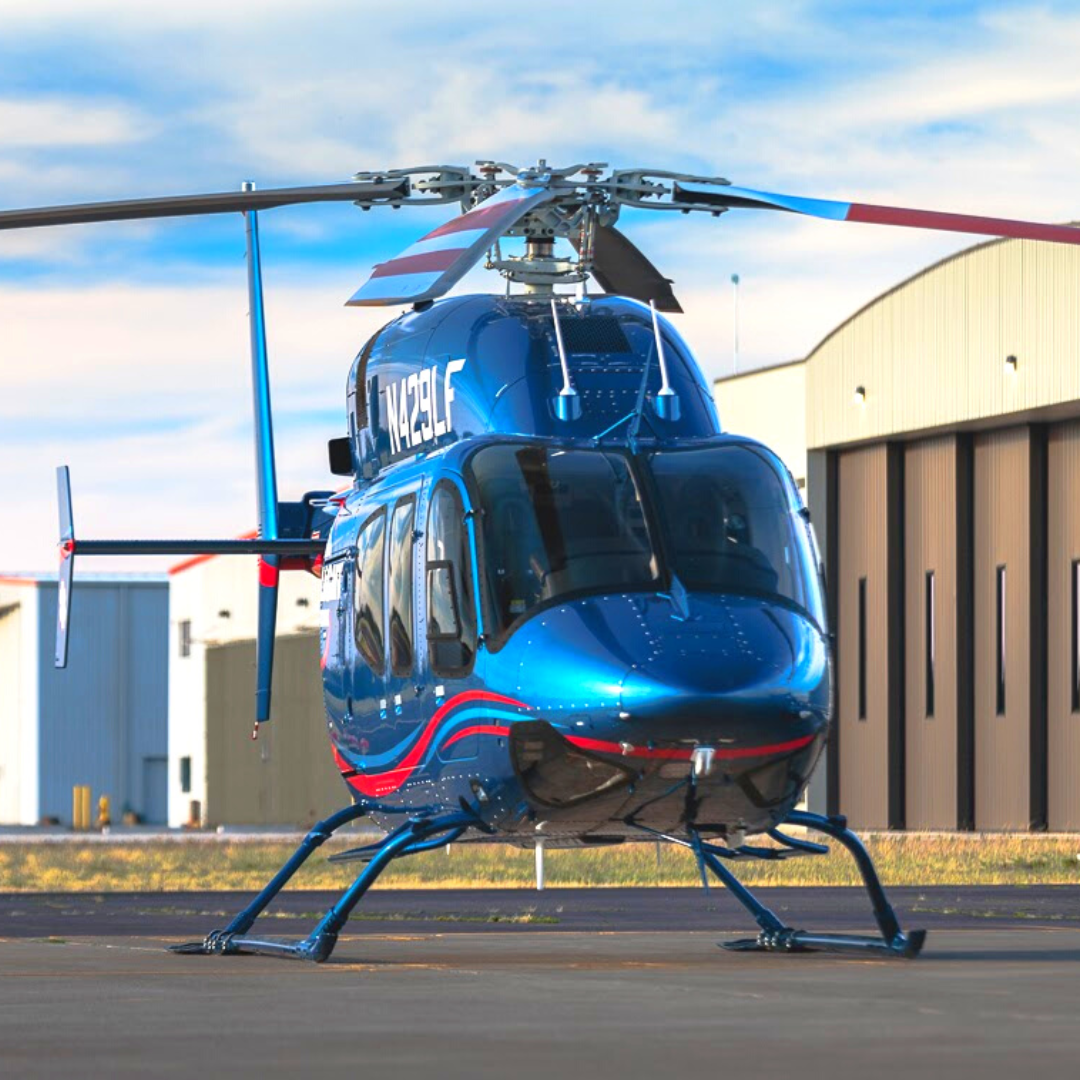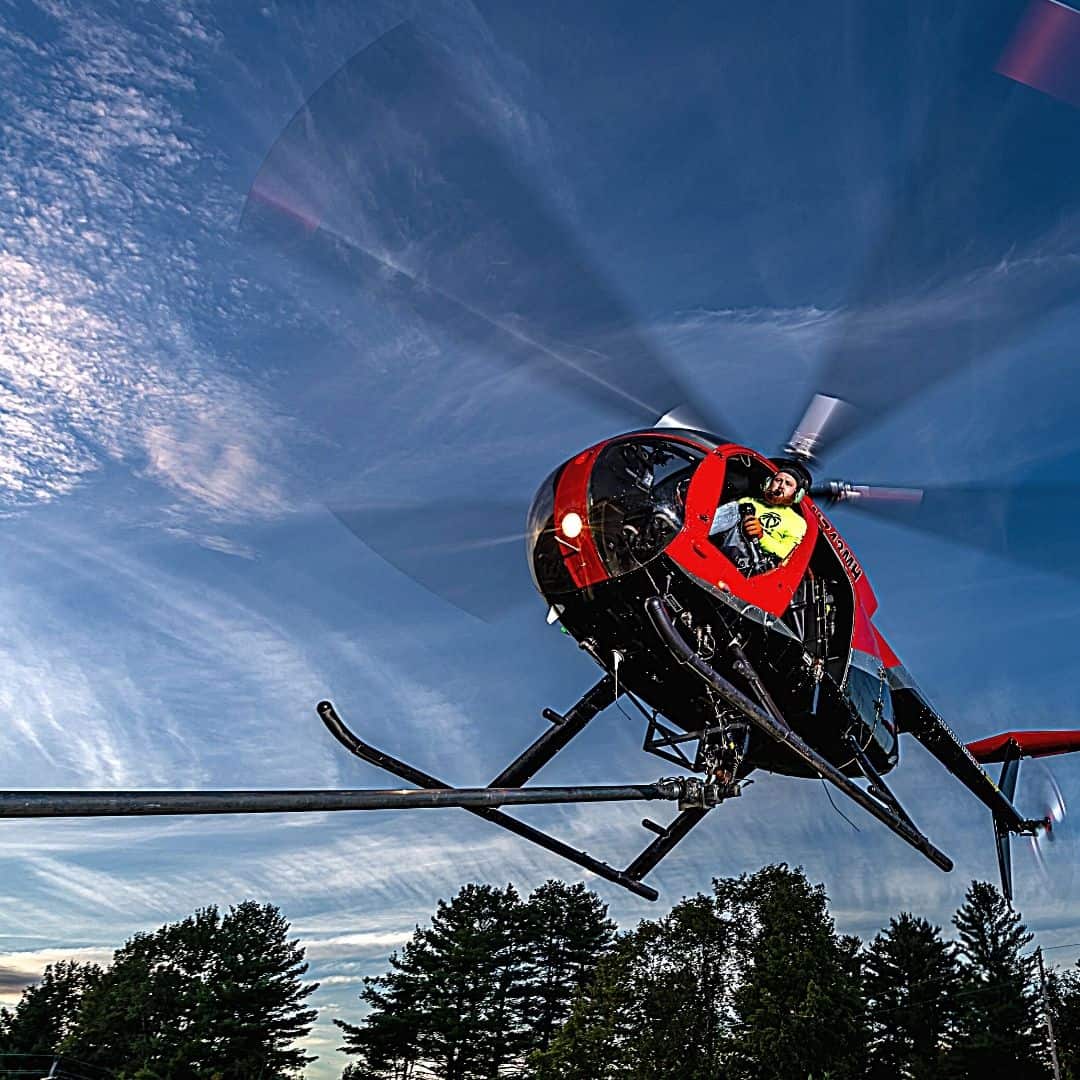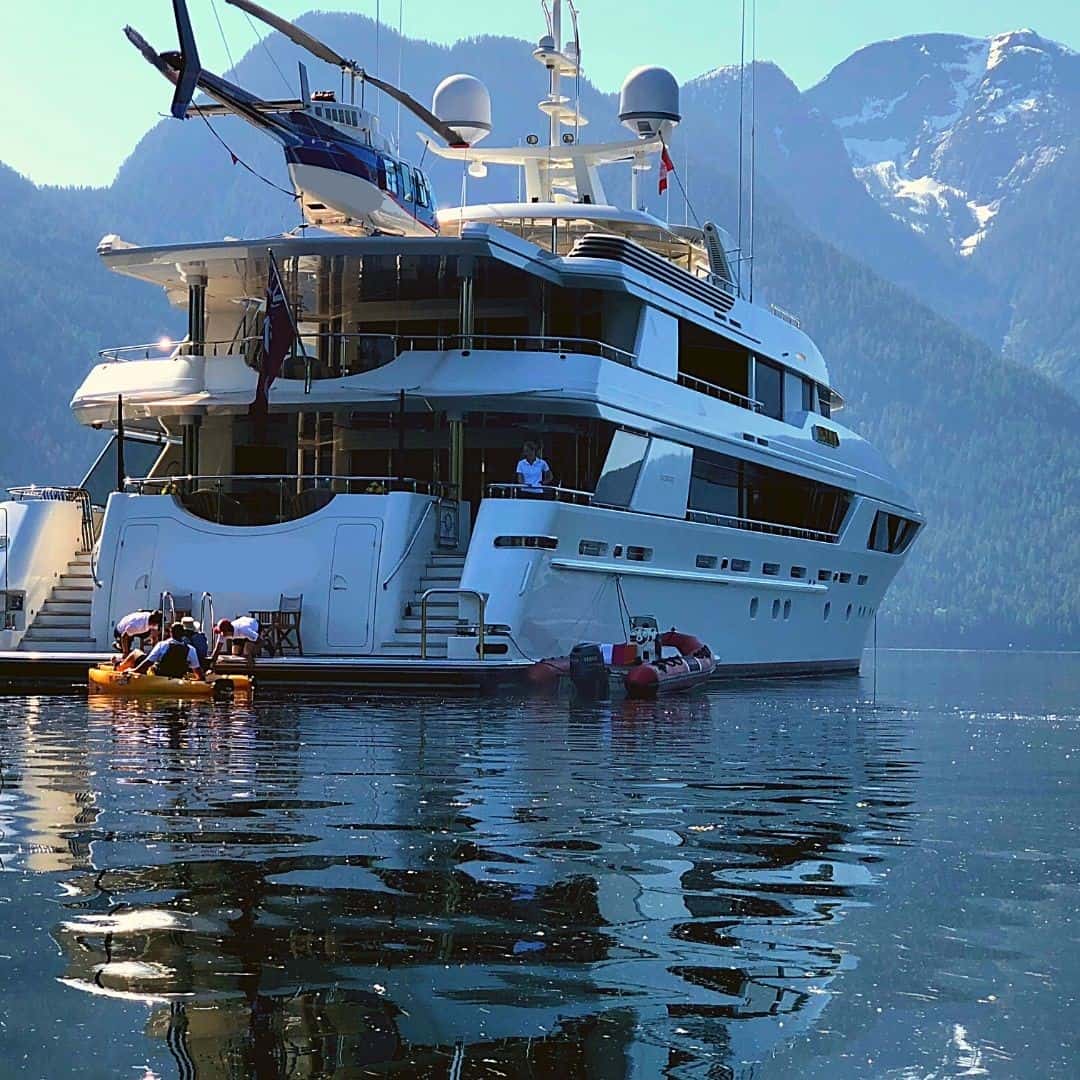The 3rd installment in our “Day in the Life” series details what it’s like to work in one of the largest and best-known sectors in our Industry.
This account of a “Day in the Life” along with some awesome photography has been provided by Pilot and Check Airman, Clancy Downey.
If you’ve ever considered flying in the Gulf of Mexico, then this is a must read.
The Rotor Break

by Clancy Downey
Working in the Gulf of Mexico
The week begins with the long drive to work on Tuesday evening. The miles I’ve driven on Interstate 10 and Louisiana’s Highway 90 are long and tedious, but such is the nature of living elsewhere. Some people choose to live further away and commute via air travel, but for the past thirteen years, I’ve driven back and forth one day each week from Houston to report to a base located somewhere in Louisiana or Mississippi. When I began work in the Gulf for one of the contractor companies, I had the rare chance to work in Texas close to home on a few occasions, but mostly that was reserved for very senior guys who lived close.
Schedules where I currently work consist of both 7 on/7 off and 14 on/14 off options. I’ve been working 7 on/7 off for my entire Gulf of Mexico career. It’s the right balance for me, of time at work and time at home. Would it be better to be able to sleep in my own bed each night? Of course, but as helicopter pilots, we go where the work is.
When I arrive at the operations base on Tuesday evening, I get settled in my assigned room and get ready for the early days to follow. If I had to choose my least favorite part of this job, it’s getting up so early. Our designated report time for all but one crew is 0430 with a targeted takeoff time of 0530 or a time which will allow for landing offshore in daylight conditions. One crew is assigned a 0600 report time to cover any lapses in coverage between the times that the regular crews are done with work and when the night medevac bird reports in. The mornings consist of coffee, checking weather, coffee, preflight, and more coffee. Like I said, I hate the mornings.
Preflight
Our dispatchers are FAA certified and know the ins and outs of our job very well. They also have reviewed the weather and will know if we will have to shoot an IFR approach offshore or back at the beach and will plan our flights as such. These guys are absolute professionals. They know the regulations better than some pilots. They’ll issue each flight crew their manifest for the first flights and will email each crew their IFR flight plans and first clearance. We, as pilots, are simply required to go out, start the aircraft, call for passengers, and then call New Orleans number one for departure. All our flights are conducted under IFR flight plans.


A typical day during the weekdays usually consists of between two and three flights, depending on the locations and of course weather. Worse weather means fewer passengers, more fuel, and ends up with more flights. I’ve flown in the Gulf on days when the visibility and ceiling were unlimited and, mostly during the winter, on days when we’ve shot approaches down to 300 feet and 0.6 miles from a structure and then had to go missed. It’s rare, but it does happen. At the end of the day, between 4 and 6 hours is typical for Monday through Friday. Sometimes more, sometimes less, all depending on projects going on at our locations. The weekends are generally slower with maybe one flight per day and sometimes no flights for a crew or two.
IFR flight in the Gulf of Mexico has become ridiculously easy with the implementation of ADS-B. Radar contact is maintained hundreds of miles offshore and most times we are cleared direct to coordinates on the way out and maybe to an initial approach fix on the way in. In thirteen years, I have over 700 hours of actual IFR in Helicopters. To me, there is nothing more fun than a hard IFR day in smooth clouds with approaches onshore down to minimums. It’s challenging and enjoyable.
Line Pilot to Check Airman
In addition to regular pilot duties, I also serve as an FAA designated check pilot in the Leonardo AW139. In that duty, I work to ensure everyone stays current with their 293, 297, and 299 rides in accordance with FAA Part 135. Each of our pilots attends a simulator every 12 months where they will take a 293 and 297 ride. My responsibility then falls to give them a 6 month 297 IFR Proficiency Check and a 299 line check. Most of this can be completed during the normal course of flights, but some portions must be completed without passengers onboard. Pilots who are qualified in both the Leonardo AW139 and the Sikorsky S-92 attend the simulator on a 6-month rotation, so my duties there consist of only taking care of their 299 line check.
The very nature of Gulf of Mexico flying has changed in recent years. There are fewer helicopters operating to fewer facilities in deeper water. With more and more of the continental shelf properties being retired, there are less “field ship” jobs that require you to stay offshore. I personally enjoyed staying offshore as I’ve always been based in places where I had my own quarters and enjoyed working closely with the people. As I’ve transitioned to the AW139 and now also the S-92, it’s become less personal and more business as we haul people back and forth to their jobs.


Summary
The Gulf is not for everyone. The flying is oftentimes repetitive and some say boring. I fly IFR enough to challenge myself and keep it interesting. If nothing else, flying in the Gulf can still provide opportunities for lower time pilots to build experience flying in an environment with challenging weather and missions. In thirteen years, I’ve averaged over 500 flight hours per year. For some pilots, a year or two in the Gulf are all they want to build the time required for an EMS or utility job, and that’s ok. For some of us, it has become a career. The pay is close to the top of the helicopter pilot industry at almost any of the Gulf operators and benefits are generally very good. Sacrifices are made with time away from home, but it’s a choice we, as pilots, often make.
The Author:
Clancy Downey has been flying helicopters for 17 years and spent the last 13 of them in the Gulf of Mexico. He’s currently both an IFR Line Pilot in the AW139 and S92 and an FAA Check Airman for the AW139
Author: Clancy Downey
Offshore AW139 Instructor and S92 Pilot




